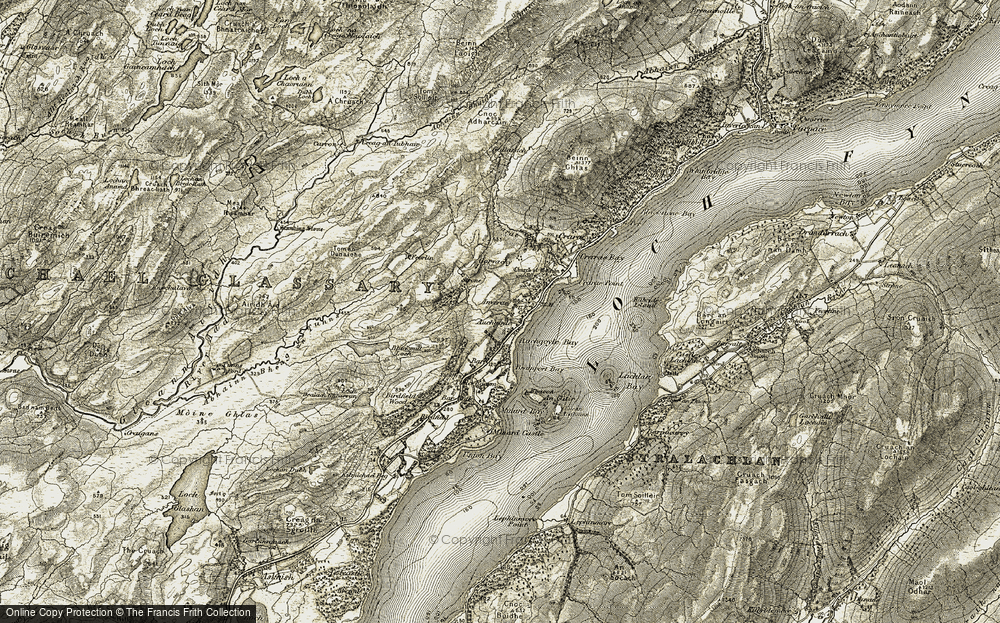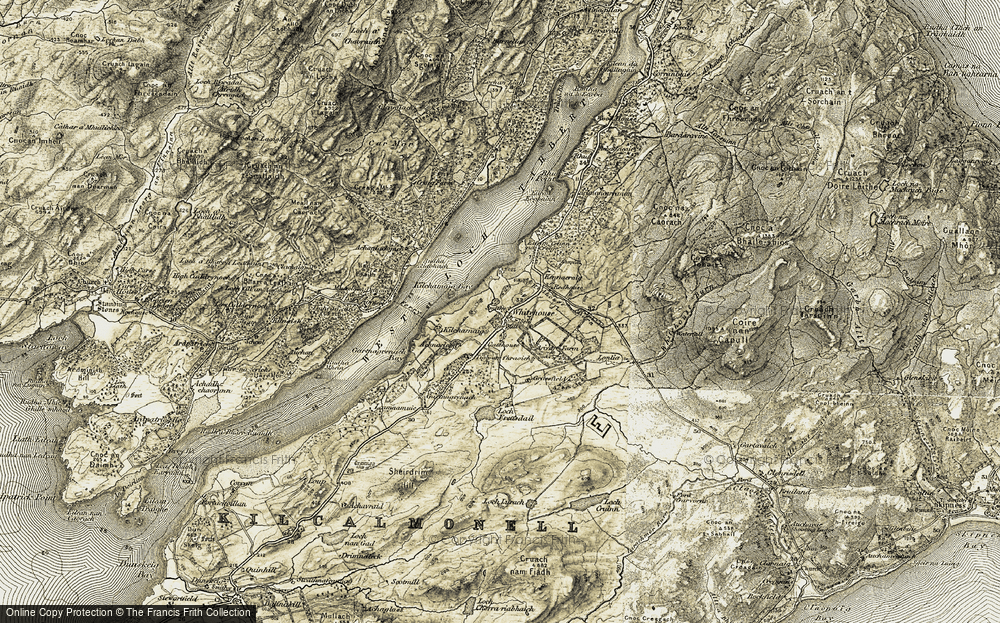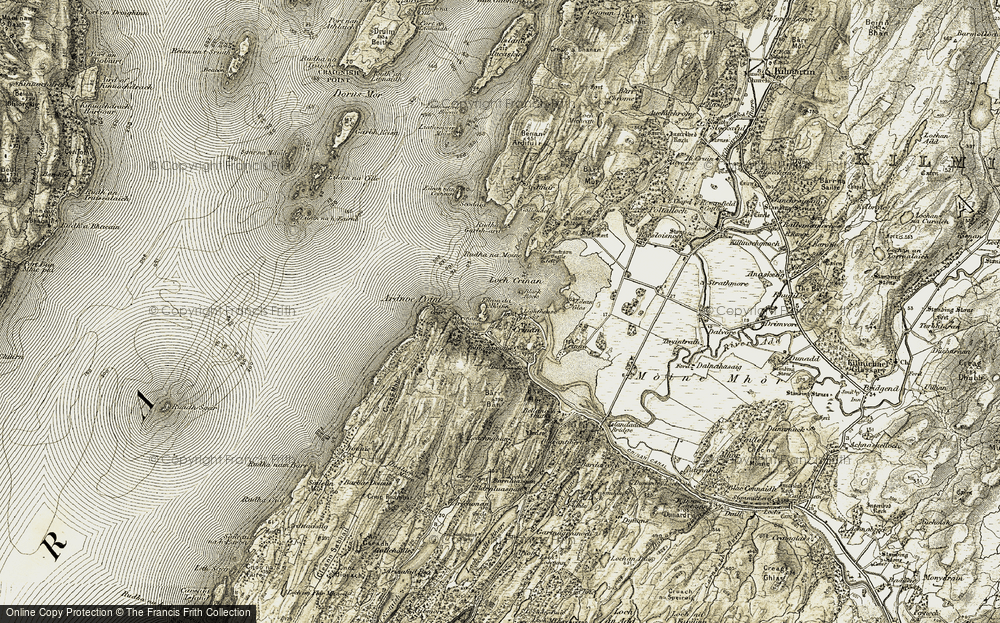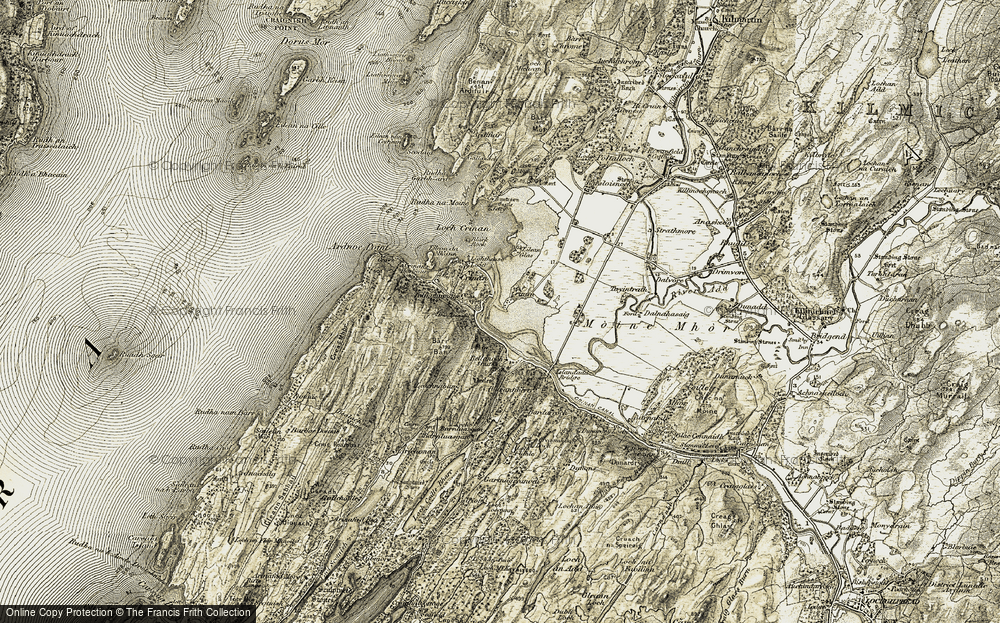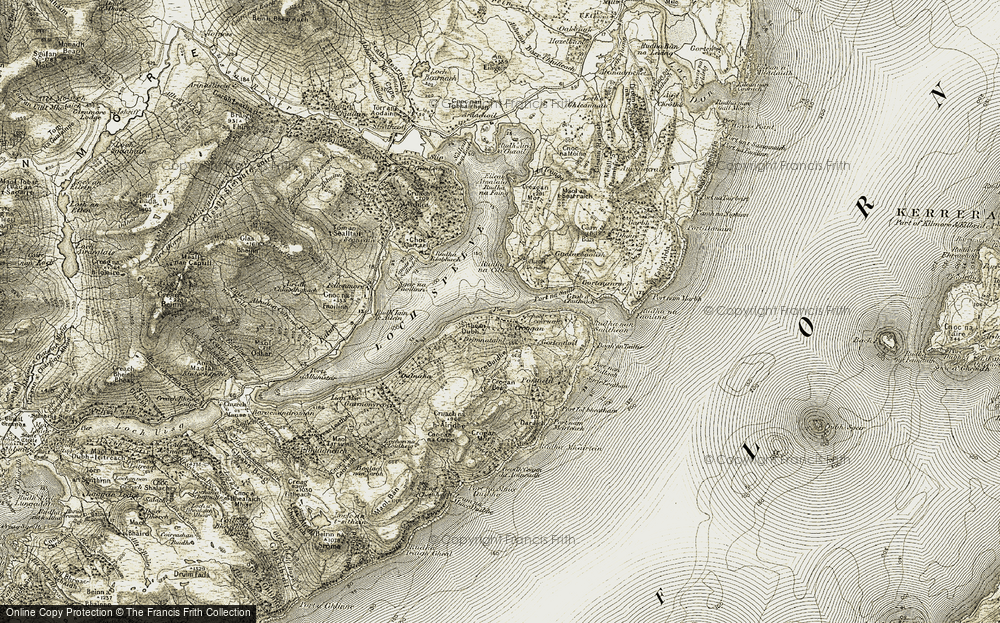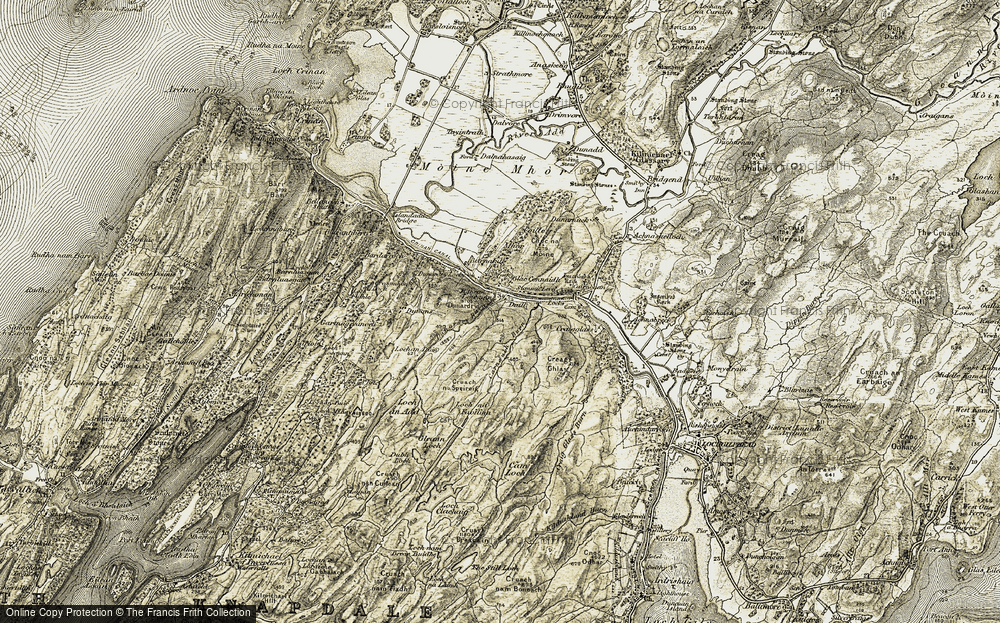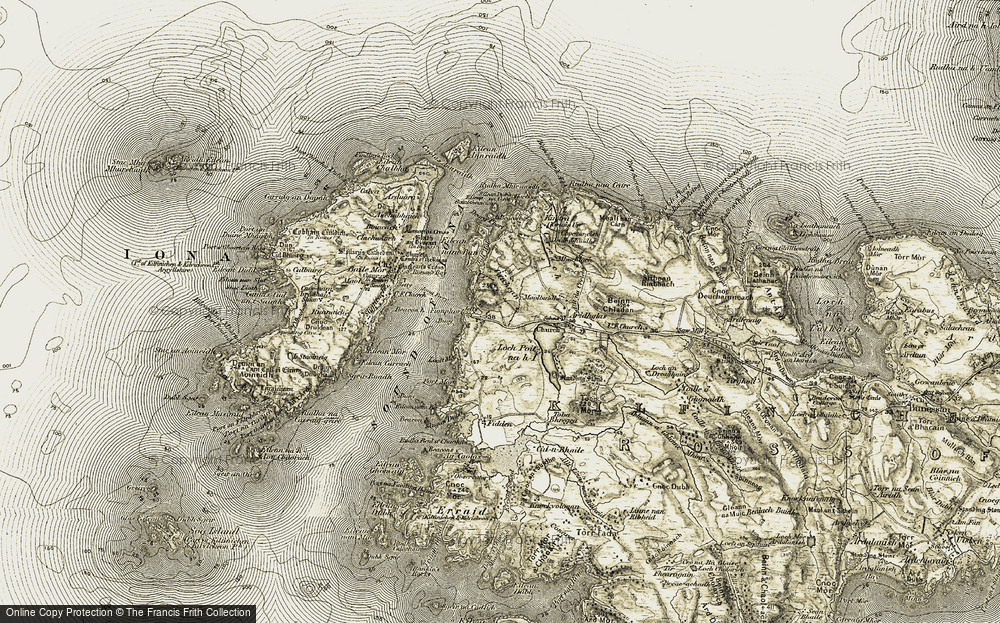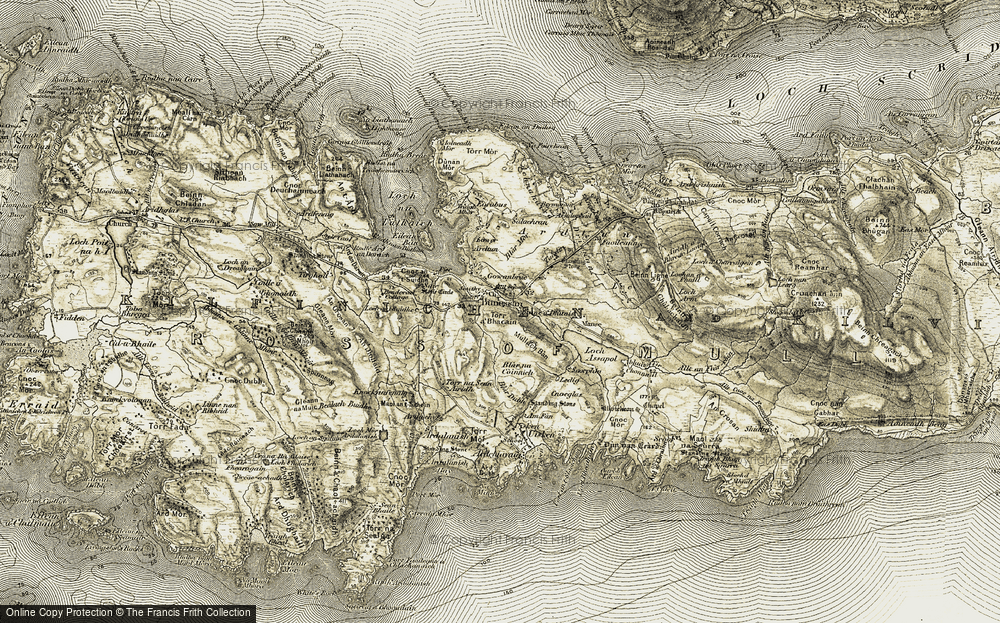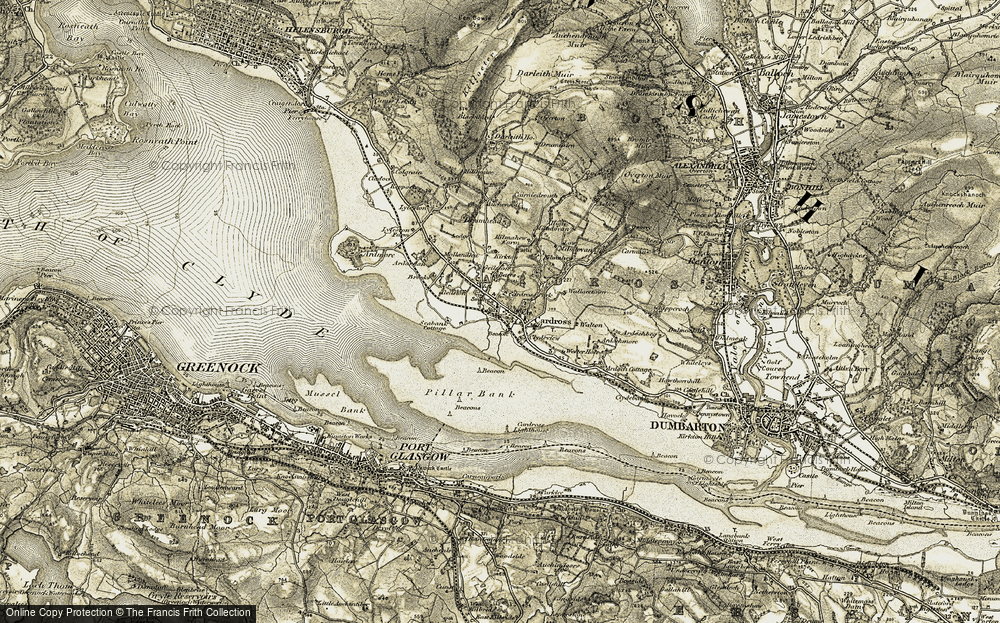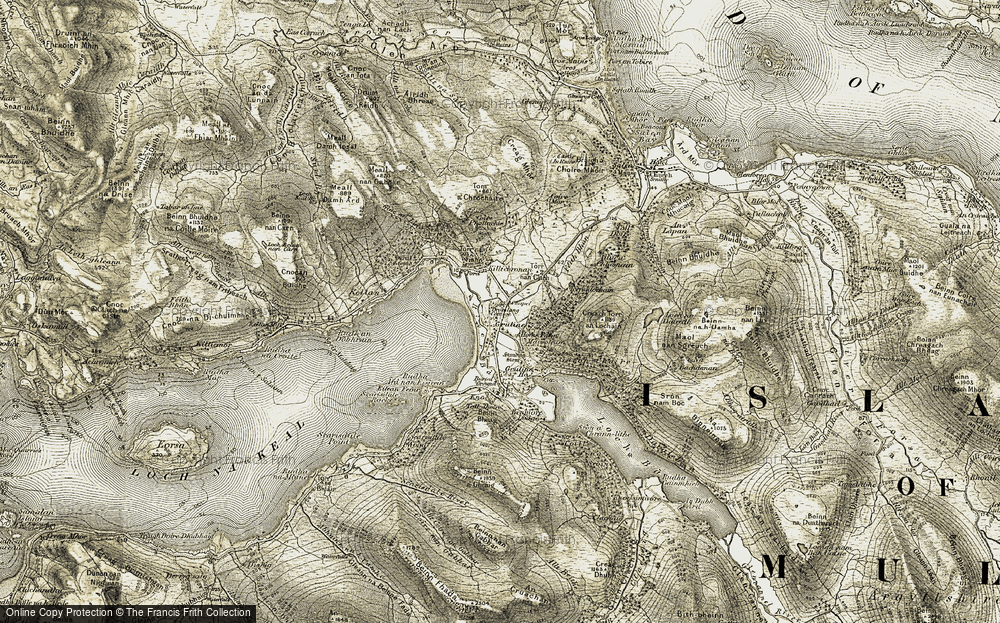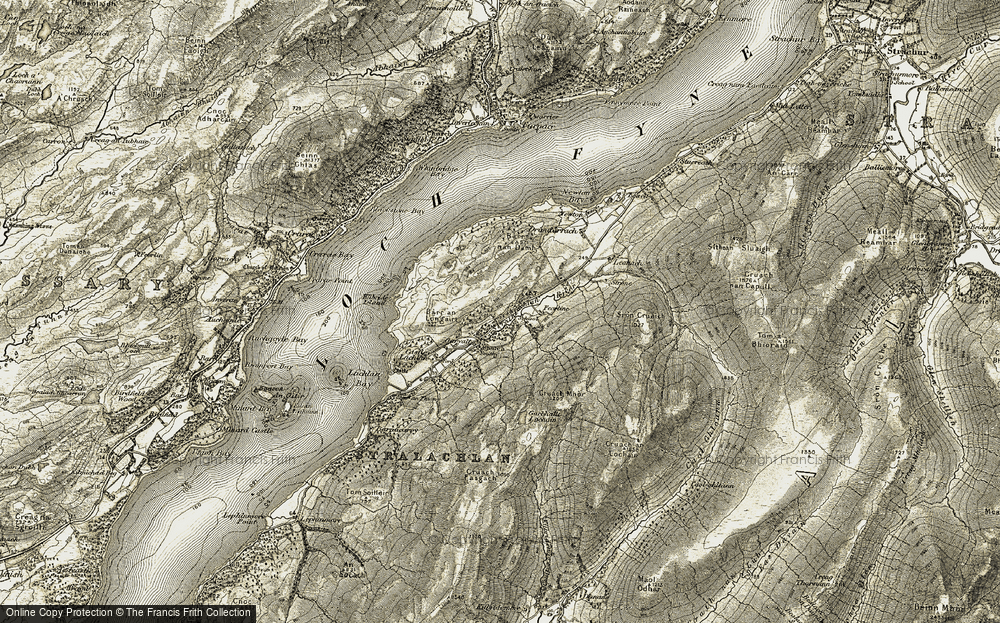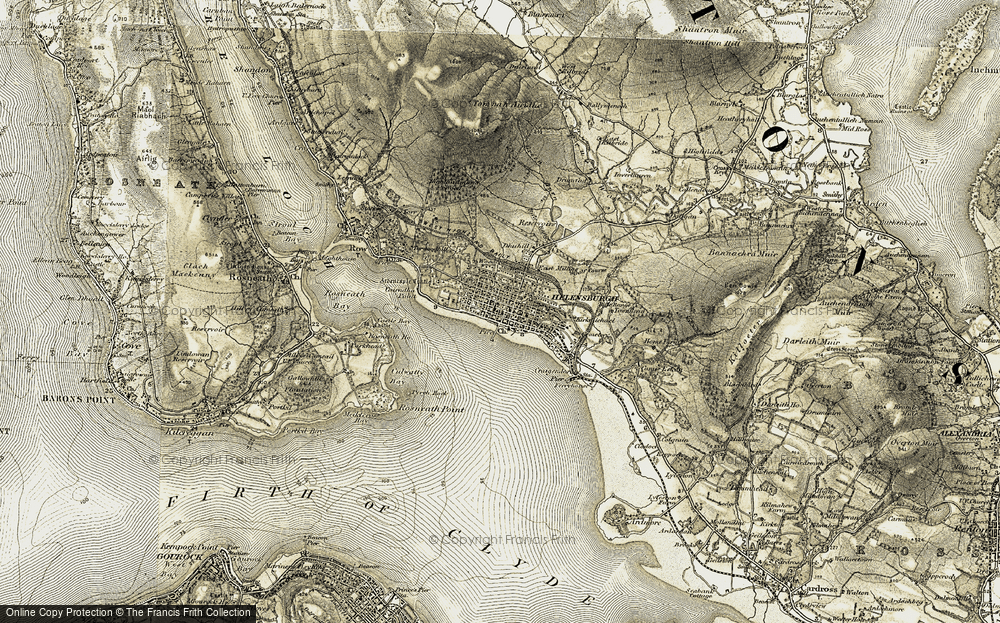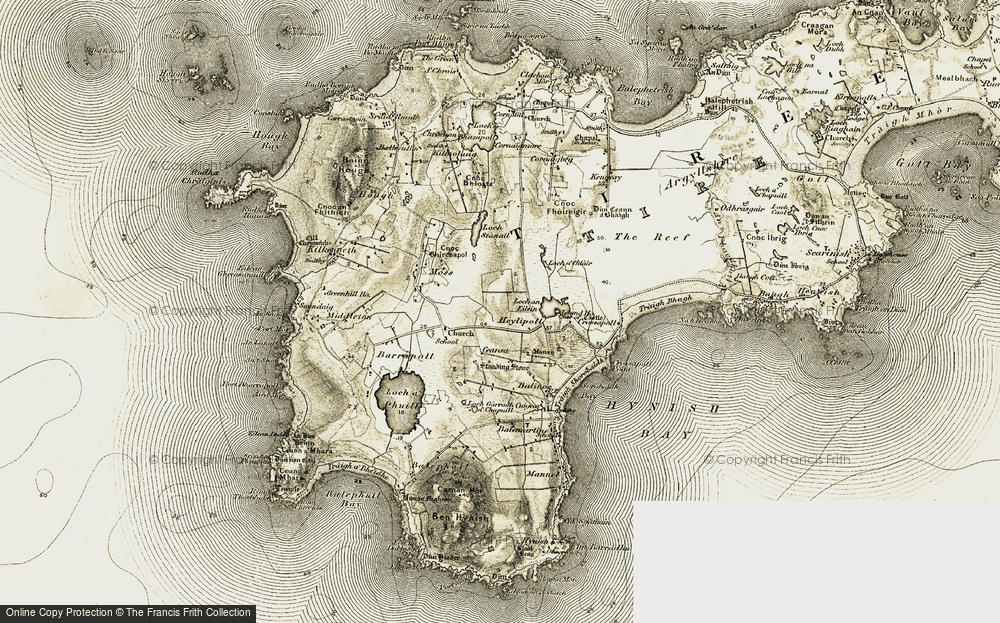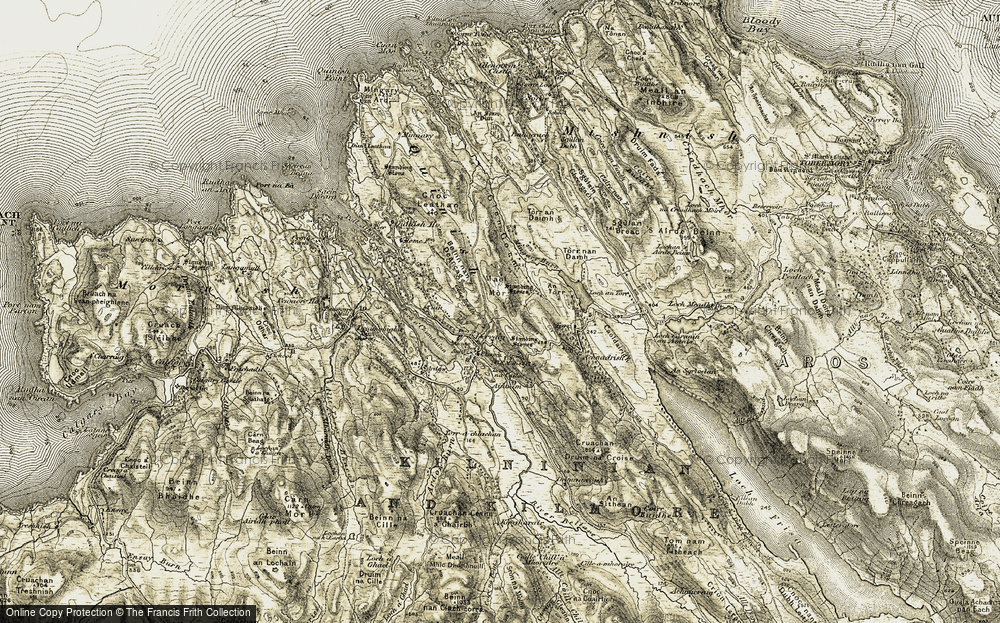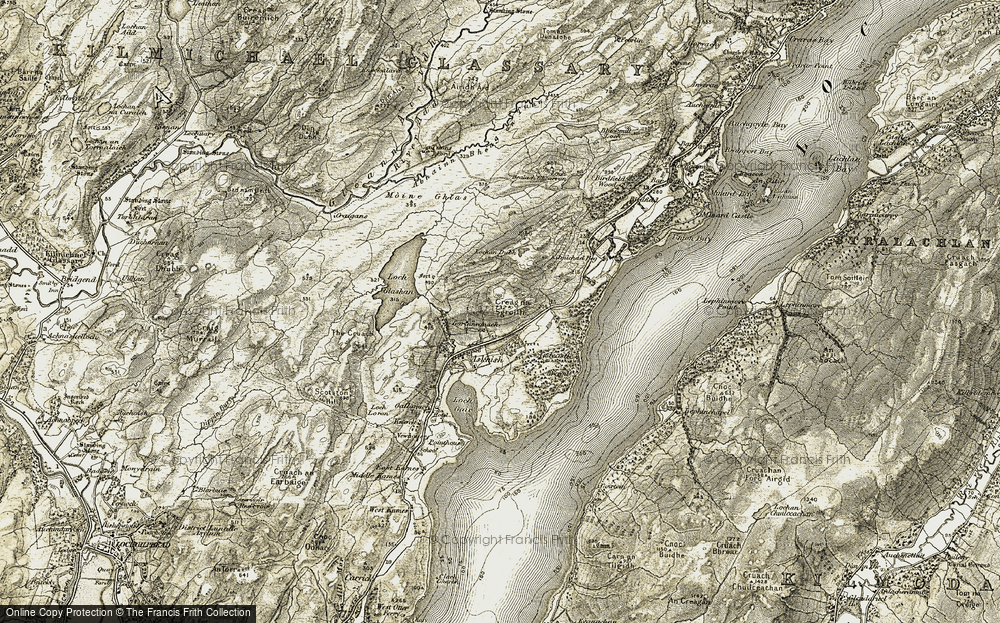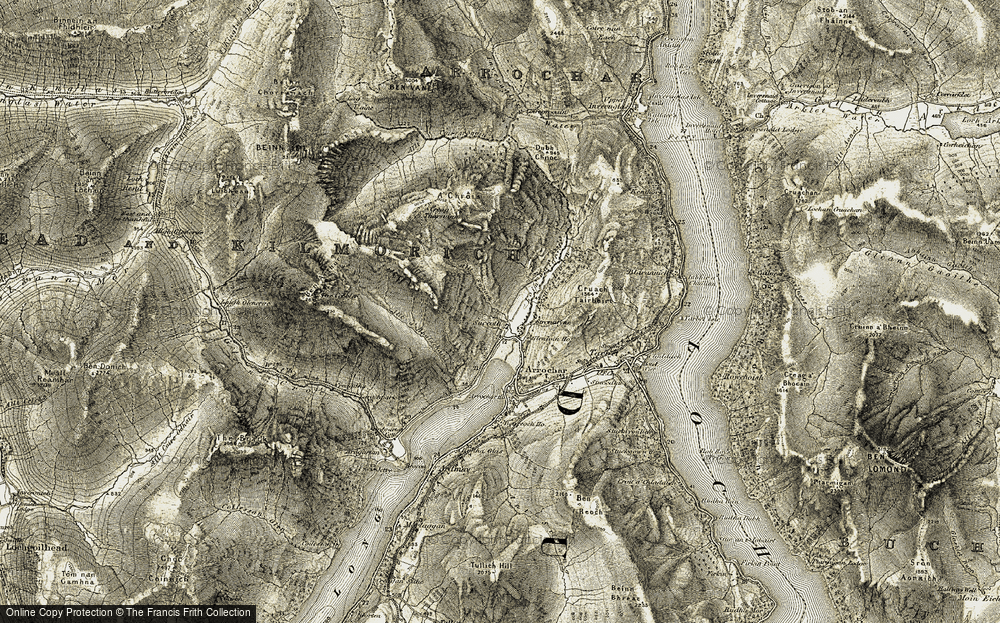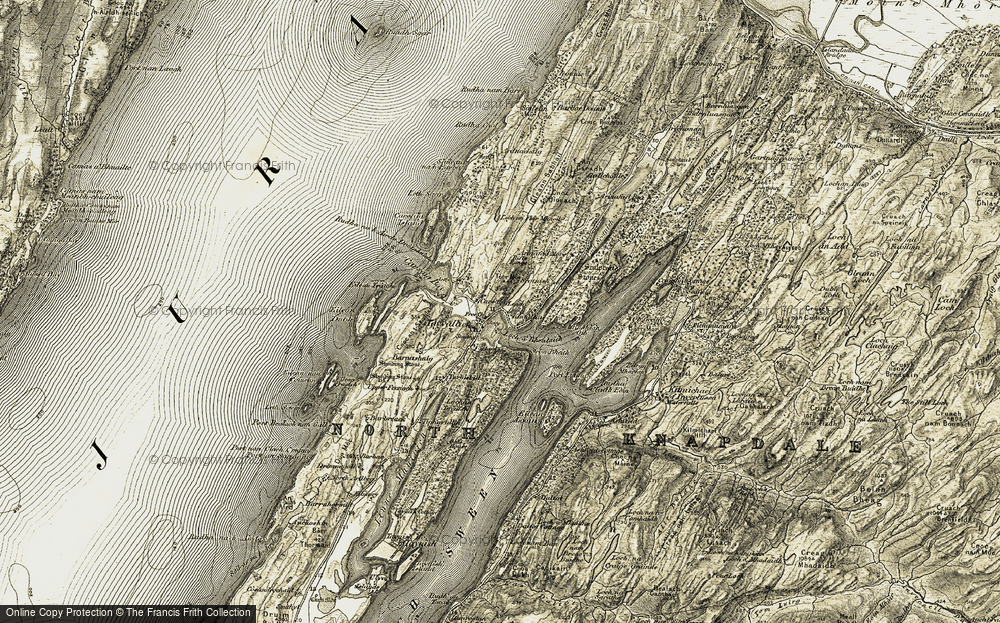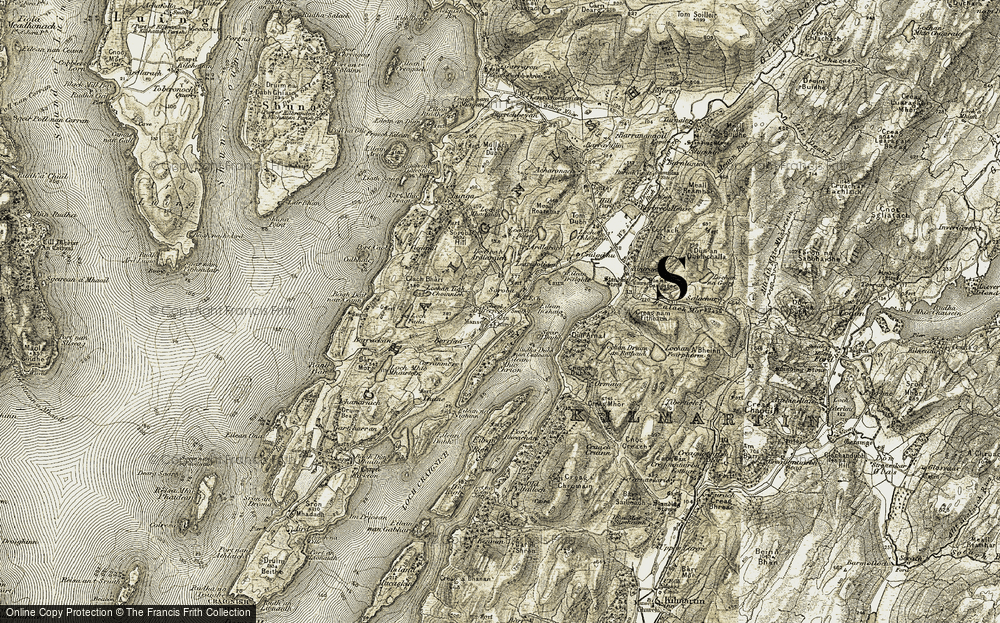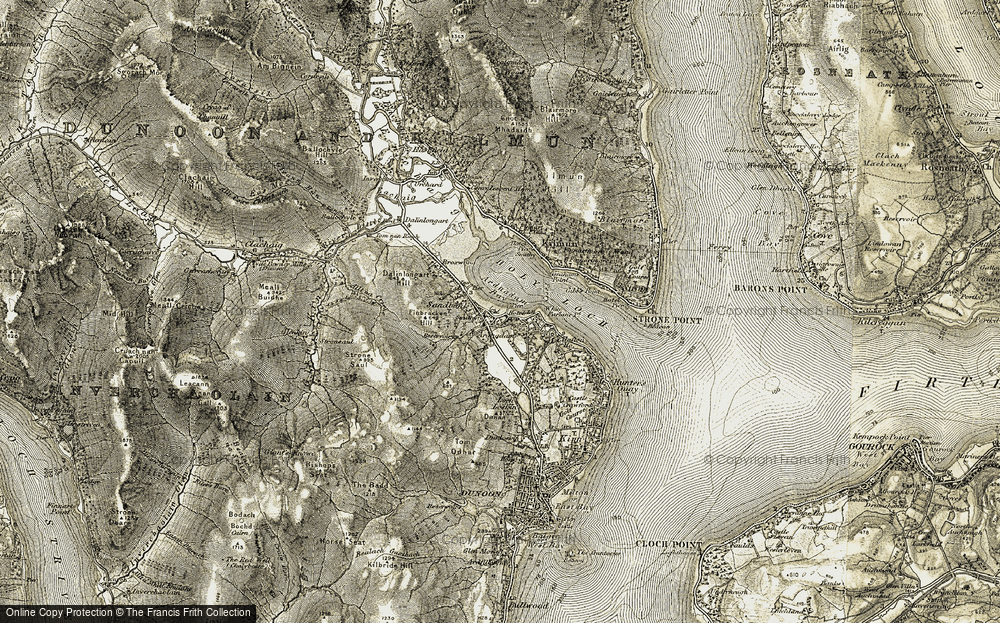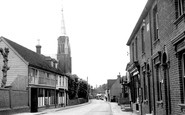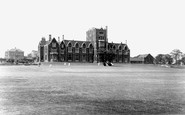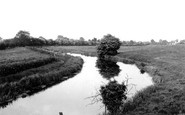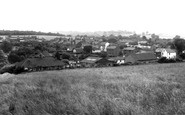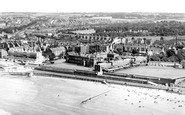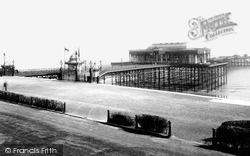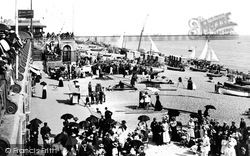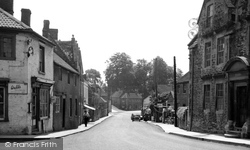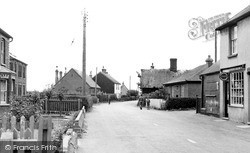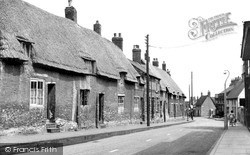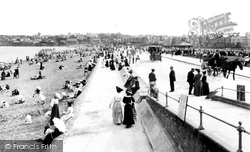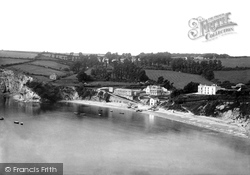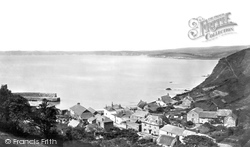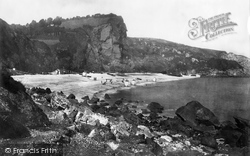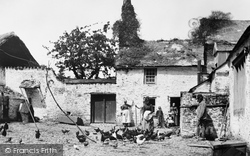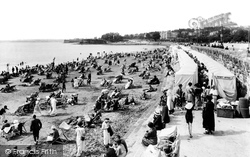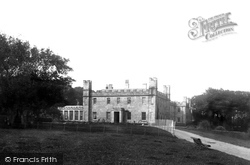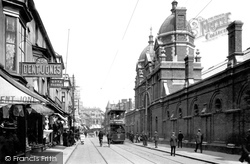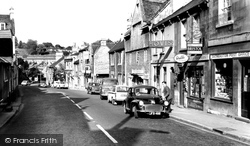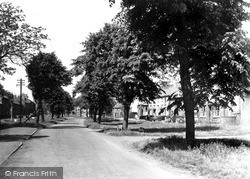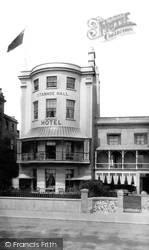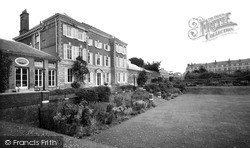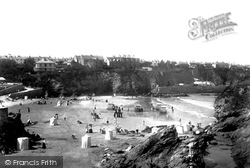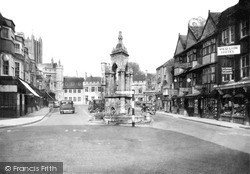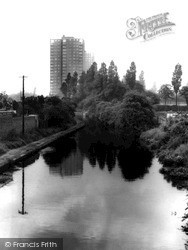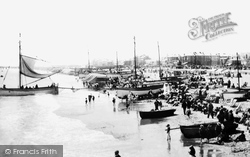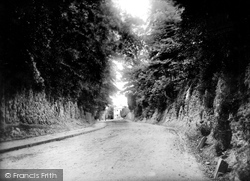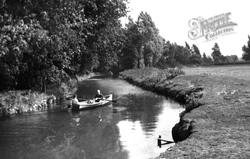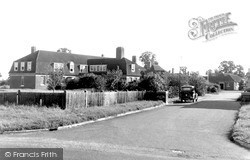Places
Sorry, no places were found that related to your search.
Photos
Sorry, no photos were found that related to your search.
Maps
1,353 maps found.
Books
3 books found. Showing results 577 to 3.
Memories
2,048 memories found. Showing results 241 to 250.
School Canteen
The building on the left used to be the school canteen. I remember the crocodile of children, me included, walking down from the school for our dinner.
A memory of Boughton Hill
Pupil
I was a pupil at Rotherham Grammar School until 1948. My memories are of our form master 'Cabbage' Green, an ardent Labour Party member, and his use of the 'Flog Iron' which he used on all our form when we made a young female French teacher ...Read more
A memory of Rotherham in 1946
School Holidays At Abington Park
I was born in 1951 in Lutterworth Road, Northampton just a 5 minutes' walk from one of the most beautiful parks in the country - Abington Park. Originally part of the Wantage family estate, it boasted a museum ...Read more
A memory of Little Billing in 1959 by
It Has To Be The Canal .........
My cousin who lived beside the canal in Gringley Road was Roy Butroid, my favourite cousin, who was the local carpenter and later undertaker. Sadly he died eight years ago but his widow, a lovely lady named Pauline, still ...Read more
A memory of Misterton in 1946 by
Howe's Garage, Longfield
Rather than Longfield Hill, this looks more like Longfield itself with Howe's Garage in the centre foreground. My Dad worked here from the late 1930s to when he retired in 1973; it was run by his uncle Frank Howe and ...Read more
A memory of Longfield Hill in 1960 by
Living At The White Hall Billesdon C 1972 1979
We moved to the White Hall when I was 2, almost 3, and my sister was 5 weeks old! It was a wonderful house to grow up in - lots and lots of space, inside and out, and were were fortunate enough to have ...Read more
A memory of Billesdon in 1972 by
Childhood In The Village!!
I was devastated in 1964 when my mother told me we were to leave the village so that my mother could pursue her dream of owning her own small business elsewhere. It was a dreadful culture shock, one that has remained with ...Read more
A memory of Mollington in 1961 by
Its Panto Time! Oh Yes It Is!
You ever been to a panto? Oh yes you have!!! Remember! You go into a large packed hot old theatre full of sticky shouting children and adults trying to look as if they are not enjoying themselves. The house ...Read more
A memory of Newcastle upon Tyne by
The Steel Houses
Having lived in Brymbo in a very damp two up two down house in 'The Green' my parents were 'over the moon' to be given a new three bedroomed house; 23, Bryn Hedd, Southsea, (which means peaceful hill) became their home for ...Read more
A memory of Southsea in 1950 by
70s Thoughts
I came from the north to work in Margate from 70 to 72--at what was then called the Isle of Thanet District Hospital, Margate Wing. For my first 2 months I lived in staff accommodation at the Royal Sea Bathing Hospital. I'm sure that ...Read more
A memory of Margate in 1970 by
Captions
1,059 captions found. Showing results 577 to 600.
The pier was built in 1891 - the year of this picture - opposite the Royal Victoria Hotel and immediately in front of the former Baths, described by a gushing contemporary account as 'such that the most
We are looking east along a lively Brighton Beach towards the unfinished Palace Pier at the close of the 19th century.
Bath Road is an extension of the village, which grew with the wool trade in the 17th and 18th centuries. Until a by-pass came in 1990, it carried both the A36 and A361.
The Deanery Tower 1922 When the Deanery Tower was built in the latter part of the 15th cen- tury by Suffolk's Archdeacon, William Pykenham, it was supposed that it would be the gateway to a palace
Said to be the largest village in Northamptonshire, Irchester now has a population of more than 5,000.
The promenade and beach are thronged with visitors. The ungainly motor vehicle in the centre is still an unusual enough feature for it to be attracting the attention of bystanders.
Perhaps originally a retreat for the locals, being only a couple of miles from the town of St Austell, Porthpean had become a 'charming seaside resort, much frequented in the summer months as a boating
The steep descent to the end of a lane gives a certain isolation to Polkerris, and this early view shows perfectly how the little village clings to the valley bottom behind a beach and stone pier.
The beach may have been home to bathing machines by day, but at night there were other things going on - in 1853 a raid by customs men revealed 153 casks of smuggled rum and brandy.
This is believed to be the oldest building in Bideford, dating from the 14th century. Less than half a mile upstream from Bideford Bridge, it is close by the original river crossing.
Torquay has long been a magnet for holidaymakers from all over the country. Its gentle climate in all seasons has proved irresistible.
Tregenna Castle was built as a house for John Stephens in 1774 to the designs of John Wood the younger, the well- known architect of Georgian Bath.
The dominant building in this photograph was first a Victorian covered market, claiming to be the largest undercover market in Britain at the time.
Heading north-east out of Bath on the A4, cross the A46 junction onto the old A4, which soon becomes Batheaston High Street.
Virtually joined to Thirsk even fifty years ago, Sowerby was the home of the wealthy, with Sowerby House off to the left, and de Mowbray House at the far end of The Avenue.
In 1899, G H Warnes converted York Terrace into Worthing's premier hotel, with a Palm Court sextet performing daily in the ballroom.
side of King Street, adjoinging the old baths site.
This is a great place for a seaside holiday, with golden sand serviced by the growing resort of Newquay, with hotels and boarding houses built literally to the cliff edge.
The sign in the centre, pointing against the flow of traffic today, indicates the A369 to Bath and Bristol - the High Street used to have two-way traffic.
A massive building programme changed the face of Wednesfield in the 1950s, and tower blocks like these seemed for a while to be the answer to the housing problem.
A few children are paddling in the sea, but there no swimmers, although rows of bathing machines are set up along the shore.
This shows a very deserted unmade road leading into town, more familiar to motorists today, who have to slow down at the top in order to join the Bath Road into Devizes.
In the days when Bungay was a thriving port, trading wherries would come through Geldeston Lock near Beccles, and sail up the Waveney to what used to be the limit of navigation for large craft.
This hospital was built as a replacement for the cottage hospital in Bank Street. Mrs Ludlow Bruges of Seend was the benefactor who gave the hospital to the town.
Places (0)
Photos (0)
Memories (2048)
Books (3)
Maps (1353)





